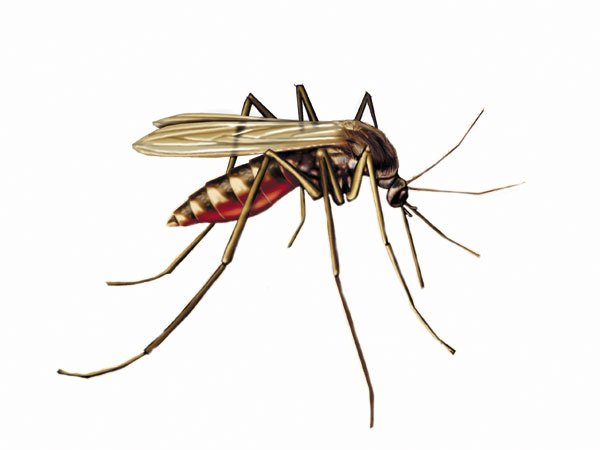A Santa Clara woman tested positive for West Nile virus in the first confirmed human case of the virus in the County this year. The woman became ill and was hospitalized briefly in mid-July according to a press release from the Santa Clara County Public Health Department. She is now recovering at home. The Health Department did not specify where in Santa Clara County the woman lives.
In 2013, there have been 14 confirmed cases of WNV in humans, two of which have been fatal, the press release states. The last human case of WNV in the Santa Clara County was in 2011 and was fatal. Previously there had been one case in 2008, four in 2007 and five in 2006.
WNV is transmitted to humans and animals through the bite of an infected mosquito. The risk of becoming seriously ill is low for most people and less than one percent of people can develop serious neurologic illness such as encephalitis or meningitis, according to the Health Department.
People over the age of 50 have a higher chance of becoming ill and people with diabetes or hypertension have a greater risk of complications and serious illness.
After someone is bitten, the incubation period is generally two to six days, but it can be up to 14. Most people are infected between June and September, when it is warm outside and mosquitoes are most active.
People can take these steps, provided by the Health Department, to protect themselves from contracting WNV:
• Use insect repellents when you go outdoors. Repellents containing DEET, picaridin, IR3535, some oil of lemon, eucalyptus and para-menthane-diol products provide longer-lasting protection.
• Dress in long sleeves and pants if you are outside from dusk through dawn when many mosquitoes are most active.
• Be sure to install or repair screens on windows and doors to keep mosquitoes out. Use air conditioning if you have it.
• Help reduce the number of mosquitoes around your home by emptying standing water from containers such as flowerpots, gutters, buckets, pool covers, pet water dishes, discarded tires and birdbaths.
For more information, click here.













